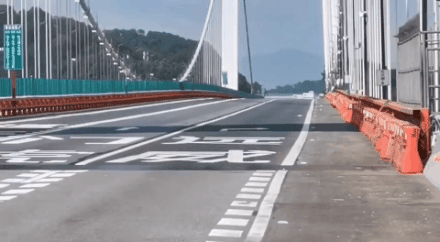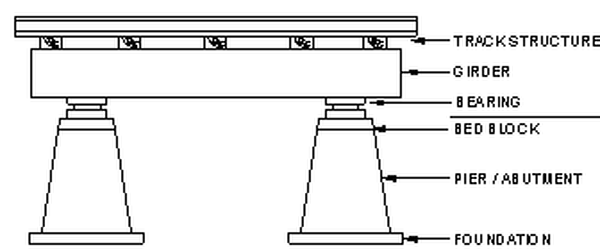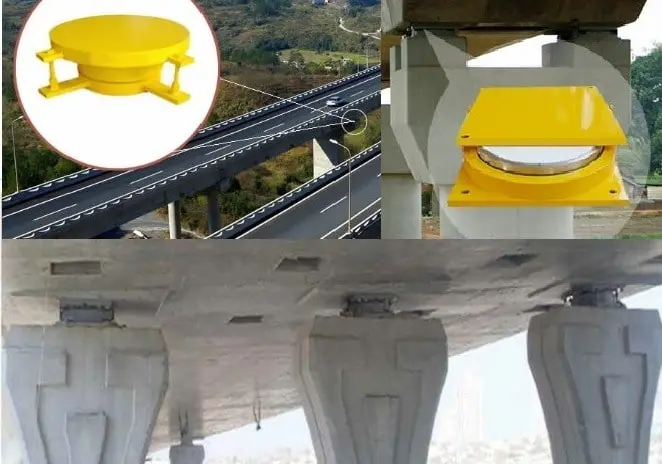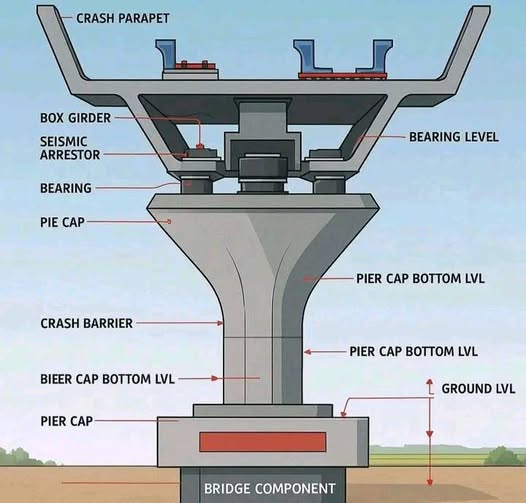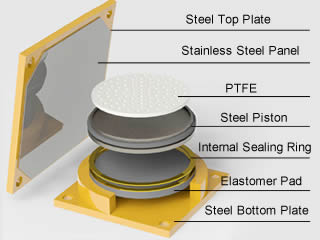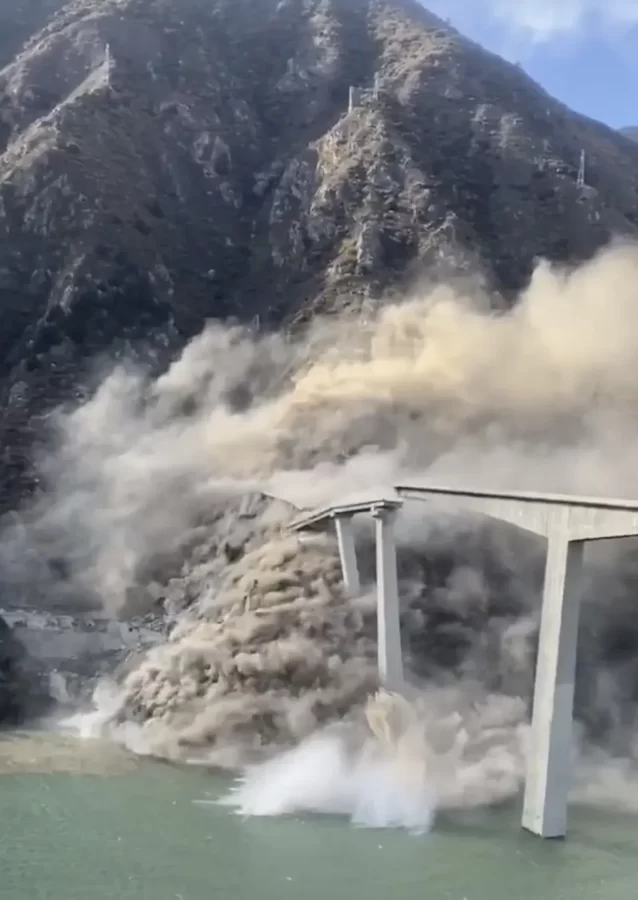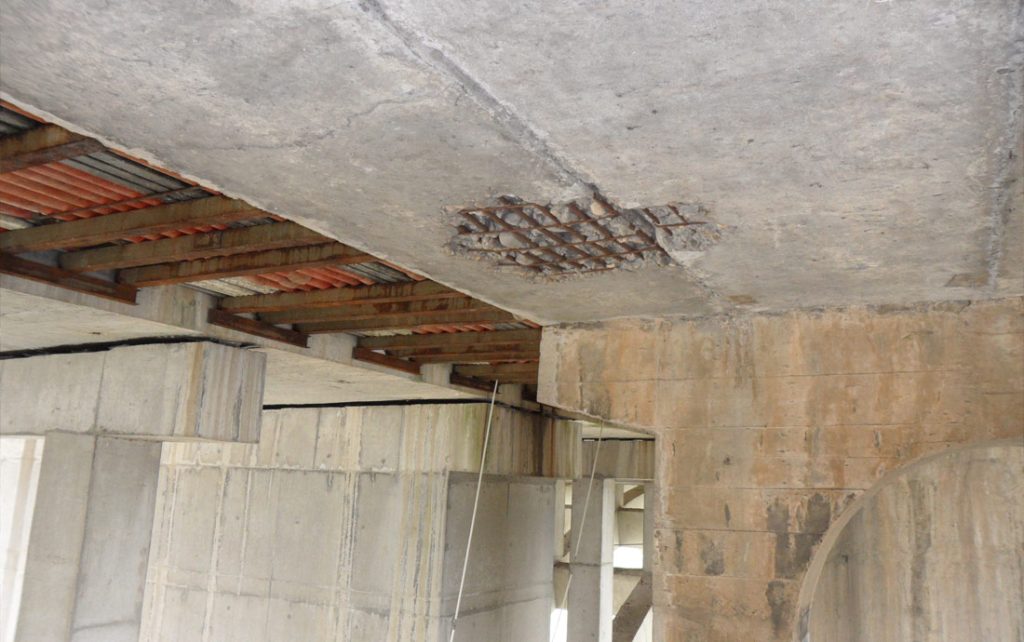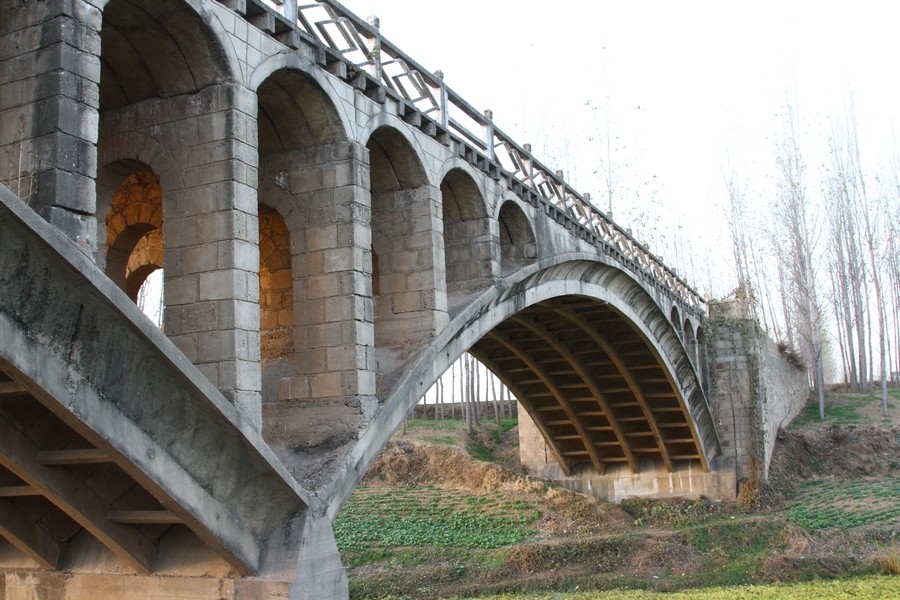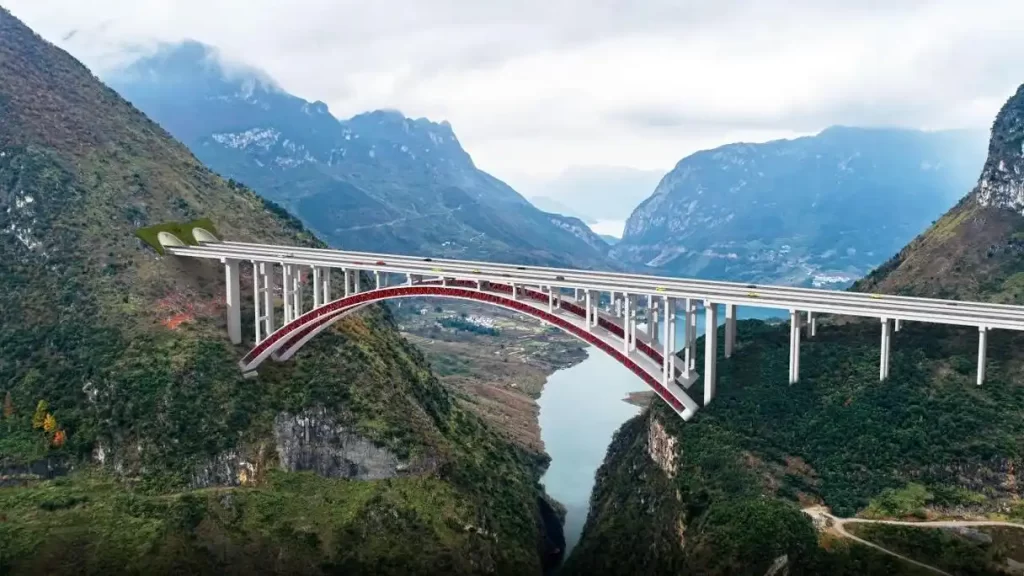The global development of highway bridges has entered a crucial stage where large-scale construction and stock maintenance are equally emphasized. Statistics show that the total number of in-service highway bridges worldwide has surpassed ten million, bearing the daily pressure of billions of vehicle crossings. However, issues such as vehicle overloading, environmental erosion, and material aging often lead to structural damage in bridge piers, columns, and beams, posing significant risks to road safety and structural integrity.
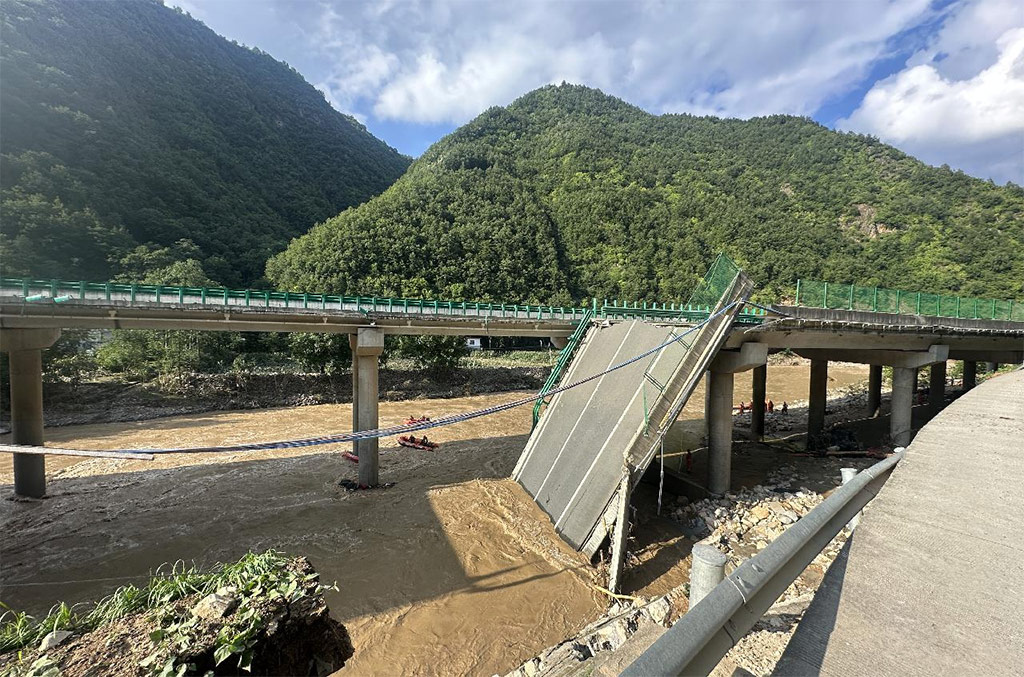
Therefore, strict compliance with the fundamental regulations for bridge damage detection, repair, and reinforcement — along with the standardized execution of the full operational process — has become a core priority in ensuring the safe operation of highway bridges worldwide.
I. Fundamental Regulations for Highway Bridge Damage Repair and Reinforcement
Highway bridge maintenance and reinforcement must follow scientific, standardized principles, adhering to the core guideline of “prevention first, prevention and treatment combined.” Every step should aim to extend service life and ensure structural safety. The basic regulations include:
- Pre-inspection and assessment principle: Before reinforcement, a comprehensive evaluation of the bridge’s technical condition and load-bearing capacity must be conducted. Results serve as the foundation for reinforcement design and construction, preventing blind or arbitrary operations.
- Multi-dimensional plan comparison: Reinforcement plans should consider safety, technical feasibility, economics, and social benefits. Comparative analysis helps select the most suitable scheme that balances “safety and reliability” with “cost-effectiveness.”
- Precision in design: In principle, a one-stage construction drawing design should be used. For complex projects, additional technical alternatives and detailed specifications for damage treatment, material standards, and process requirements must be included.
- Low-impact construction management: Construction should minimize disruption to surrounding traffic and the environment. Special contingency plans should be prepared and reviewed by the project management authority to ensure both construction and traffic safety.
- Professional third-party support: For large-scale or technically demanding projects, technical consulting and monitoring services may be introduced to improve safety and quality.
- Standardization and compliance: Every process must strictly comply with national and industry standards to ensure that all procedures are evidence-based and enforceable.
II. Core Workflow of Highway Bridge Damage Repair and Reinforcement
Bridge reinforcement is a systematic process that progresses in stages, forming a complete cycle from inspection to final acceptance. This ensures smooth coordination and clear accountability.
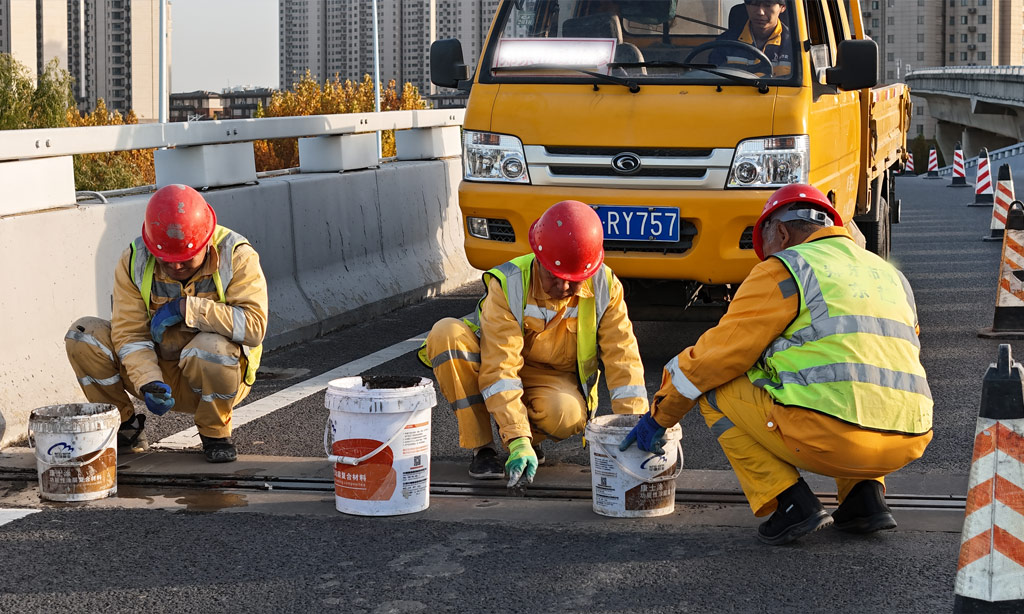
1. Preliminary Stage: Inspection, Evaluation, and Project Approval
This stage identifies “what the damage is, why it occurred, and whether reinforcement is required.”
- Inspection and evaluation: Through full-bridge surveys, crack monitoring, and load testing, engineers can accurately identify damage types (e.g., diagonal splitting cracks on cap beams, concrete delamination), analyze root causes, and evaluate the bridge’s technical condition.
- Routine inspections include monthly patrols and general inspections every three years (annually for super-large bridges).
- Special inspections are initiated when routine inspections cannot determine damage causes, before major reinforcement projects, or after natural disasters and overload events. They involve appearance checks, material testing, and load tests.
- Project approval: Based on inspection results, maintenance units propose projects for higher authority approval. Projects with complex technology, significant impact, or budgets exceeding 50 million RMB require additional feasibility studies.
2. Design Stage: Plan Optimization and Drawing Preparation
Design serves as the critical link between inspection and construction.
- Scheme selection: Based on inspection results, feasible and cost-effective reinforcement plans are compared. Expert consultations are recommended for complex cases to ensure scientific and practical solutions.
- Construction drawings: Detailed blueprints define treatment methods, material specifications, and construction processes. For projects affecting traffic, a traffic management plan must be included to ensure safe passage during construction.
3. Construction Stage: Standardized Operations and Process Control
Construction must strictly follow design requirements and quality standards.
- Routine damage repair workflow: Traffic control → scaffolding → surface cleaning → damage treatment (e.g., crack grouting) → protective coating → phased acceptance.
- Structural correction workflow: For complex cases like bridge displacement: Foundation excavation → stress relief drilling → beam jacking → horizontal repositioning → bearing replacement → beam lowering → phased acceptance.
- Key process control: Critical technologies such as carbon fiber reinforcement and external prestressing require strict precision — flatness in fiber application and accurate tensioning calculations to meet reinforcement goals.
4. Acceptance and Evaluation Stage: Quality Verification and Archival
This final stage ensures reinforcement outcomes meet design and safety standards.
- Quality assessment: According to Highway Maintenance Project Quality Evaluation Standards, key indicators such as reinforcement density and coating adhesion are thoroughly examined.
- Data archiving: Complete project documentation, including construction records, inspection reports, and image data, must be submitted. Electronic archives and digital logs should be created to support long-term monitoring and maintenance.
III. Technology Empowerment for Safer Bridges
Emerging technologies — such as drone bridge inspections, Beidou-based monitoring systems, and AI-powered damage detection — are increasingly applied in highway bridge maintenance. These tools enhance damage identification and monitoring efficiency, providing engineers with more reliable solutions.
For bridge professionals, mastering inspection workflows and precisely controlling reinforcement processes is not only a technical requirement but also a responsibility to safeguard public safety.
Only by adhering to regulations, executing standardized workflows, and leveraging technological innovation can millions of highway bridges continue to bear heavy traffic loads and ensure the smooth, safe operation of global road networks.
If you need highway bridge inspections, Riebo offers expert drone bridge inspection solutions for efficient, accurate damage detection and condition assessment. We provide full-bridge surveys, defect identification, and data analysis, delivering precise insights to support safe and effective repair and reinforcement.
